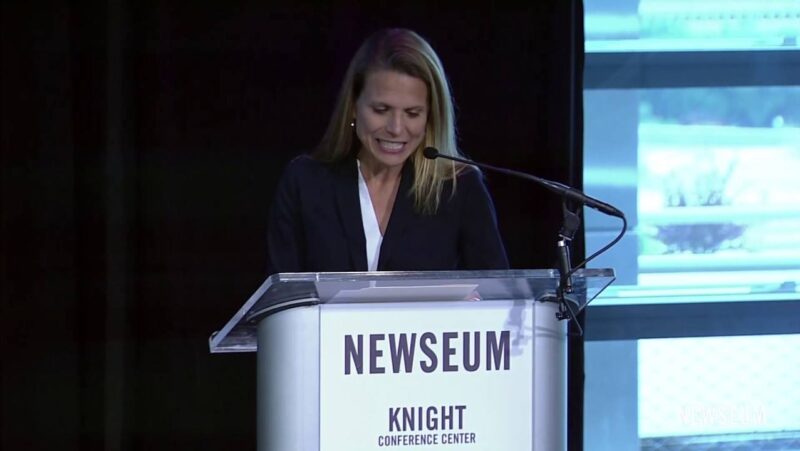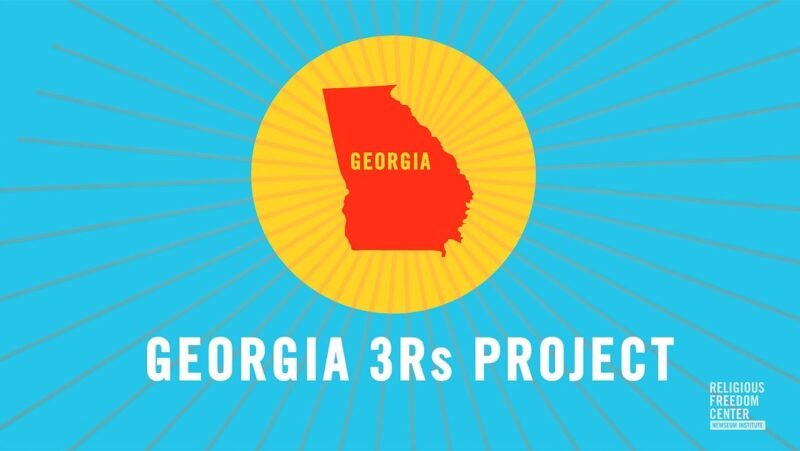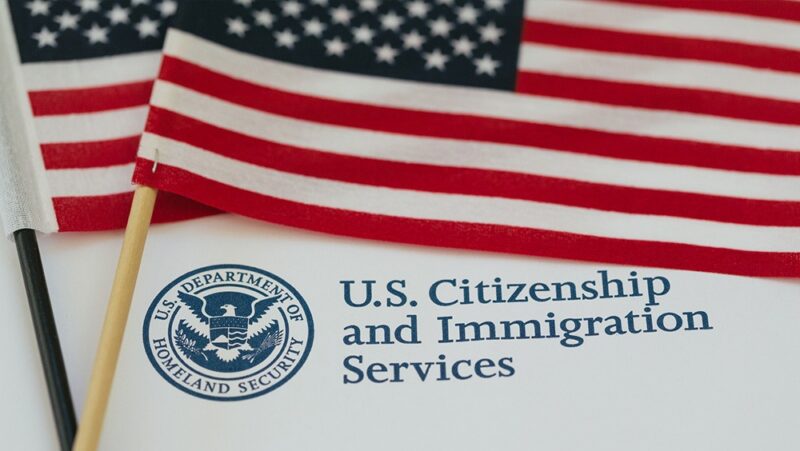Freedom of Religion
What is freedom of religion under the First Amendment?
Religious freedom is sometimes called America’s “first freedom.” It is listed first among the five freedoms in the First Amendment.
It protects the freedom to think and believe what one wishes. This foundation supports each of the other freedoms: freedom of speech, the press, assembly and petition. They protect the ways people may express their beliefs.
Freedom of religion is designed to protect people’s deepest, innermost beliefs. Through much of U.S. history, courts have most protected the religious beliefs familiar to those of the majority. Courts have often ruled that belief systems with a sacred text, hierarchy, specific rules of behavior and belief in a god are protected. Other faith traditions that do not share these characteristics, or that have fewer members, have sometimes not been treated as well.
But people of minority faiths, and no faith at all, also have deeply held beliefs. Many have spoken out for religious freedom for themselves and others. In many cases, they have won the right to exercise their beliefs, too.
How does the First Amendment protect freedom of religion?
The First Amendment protects freedom of religion in two ways:
- It guarantees that the government won’t require or favor any particular religion.
- It protects the right to live by one’s own religious beliefs.
These two parts are called the establishment clause and the free exercise clause after the words used to describe them in the text of the First Amendment:
“Congress shall make no law respecting an establishment of religion, or prohibiting the free exercise thereof …”
No establishment: The separation of church and state
No establishment of religion under the First Amendment means that the government cannot:
- Create and/or endorse any official religion.
- Pressure or force anyone into having certain beliefs or following certain religious practices.
- Favor any particular religious tradition over any other or over no religion.
This is sometimes called “separation of church and state,” a phrase that does not appear in the Constitution but describes what the establishment section of the First Amendment means.
This concept is supported by another key part of the Constitution, Article VI. It says that no religious test may be required for someone to run for office. In other words, people of any religious faith or none are welcome to participate in democracy and even become part of the government.
More important, this concept does not mean that religion can have no part of public life. In fact, people are welcome to share and discuss their beliefs. But it does mean that government officials, laws and policies cannot discriminate based on religion. Government officials can express their religious beliefs even on the job. But they can’t use their power to favor or disfavor any religion.
For example, public schools, which are run by the government, can teach children about religions. This helps students learn more about and understand their neighbors of different faiths. But public schools cannot push or require students to observe practices of any specific religion.
Similarly, governments may acknowledge religious holidays as long as they do so fairly or have a nonreligious reason for doing so.
RELATED: Why is Christmas a federal holiday?
What is freedom of religion’s free exercise clause?
The First Amendment also protects the free exercise of religion. This means that people may live by the rules, requirements and practices of their own religious traditions.
The government cannot, in most cases, restrict how people pray, dress, eat or otherwise observe their beliefs. For example, there cannot be a law against wearing a hijab or yarmulka.
More important, the First Amendment prevents the government from interfering with religious exercise. Other state and federal laws protect people from religious discrimination in private workplaces and businesses, which are not bound by the First Amendment.
For example, a hotel or restaurant cannot refuse to serve a customer due to the customer’s religion.
Similarly, someone cannot be fired from a job at a private company only because of their religion. Employees can also ask for accommodations at work for religious reasons, though workplaces do not always need to provide requested accommodations.
Explore our freedom of religion article library

What are the limits of religious freedom?
Religious freedom is not absolute. The government can limit religious exercise under certain circumstances.
The boundaries of religious freedom are complicated. Courts in different states and regions may make different considerations about when religious freedom may be limited by the government.
For decades, the Supreme Court said that if a law would significantly impact religious practice, the government must have a good enough reason, and the restriction must be the most specific possible.
In 1990, the court made it slightly easier for the government to limit religious practice. It ruled that a law could be OK if it unintentionally made it harder to exercise a religious practice, as long as the law applied equally to everyone (Employment Division, Department of Human Resources of Oregon v. Smith).
Under this standard, if there are any exceptions to a law, religious exceptions should be provided.
Courts continue to debate when a government goal is important enough to outweigh possible impacts on religious exercise.
One complex, developing area for religious freedom and freedom of speech is ensuring businesses’ customers are all served equally while ensuring business owners are not required to violate their beliefs to do so. For example, the Supreme Court ruled in June 2023 in 303 Creative LLC v. Elenis that a website designer cannot be required to create websites celebrating same-sex marriages, which would violate her religious beliefs. Such a requirement would violate the free speech right not to express something one does not believe. The court did not define specifically when a business’s services are considered free speech.
Another area of ongoing debate and discussion relates to when protecting religious freedom gets the government too involved with religion. Tension between free exercise and no establishment most frequently occurs in government-controlled or funded places, like public schools.
For example, public school teachers, like everyone, have the right to exercise their religion. But when at work acting on behalf of the government, teachers may not pressure students to participate in religious practices.
Similarly, the government cannot exclude religious organizations from government programs due to their religious affiliations, but neither can it favor religious organizations. This can create tension over funding programs such as tuition support and charter schools.
Why is freedom of religion part of the First Amendment?
Many of the colonists fled to America seeking religious freedom. Many sought such freedom for themselves, but not necessarily for others. From this movement eventually came the idea of religious freedom for all people of any faith, or no faith. When the founders were drafting the Constitution, George Mason, Thomas Jefferson and James Madison particularly advocated for this protection. Jefferson drafted a Virginia religious freedom law that later influenced Madison’s draft of the First Amendment.
Where does America stand on freedom of religion?
Religion is one of the best-known and valued First Amendment freedoms. Here’s a look at how Americans feel about current religious freedom debates.
Explore the Freedom of Religion
Apply to be an Al Neuharth Free Spirit Scholar.
High school juniors receive a $1000 college scholarship and all-expenses-paid trip to Washington, D.C.
Latest articles
You might also be interested in


